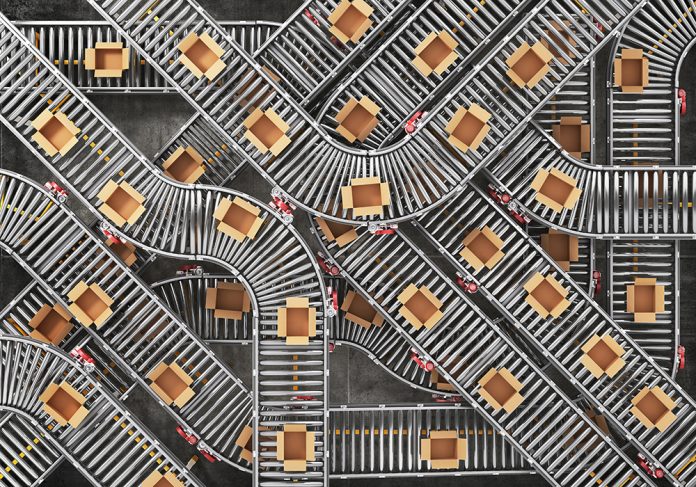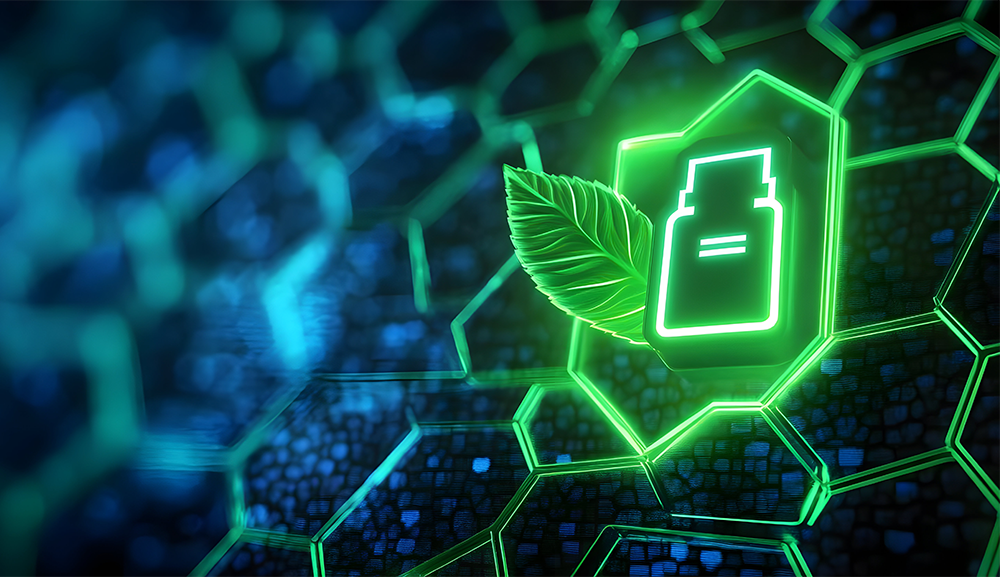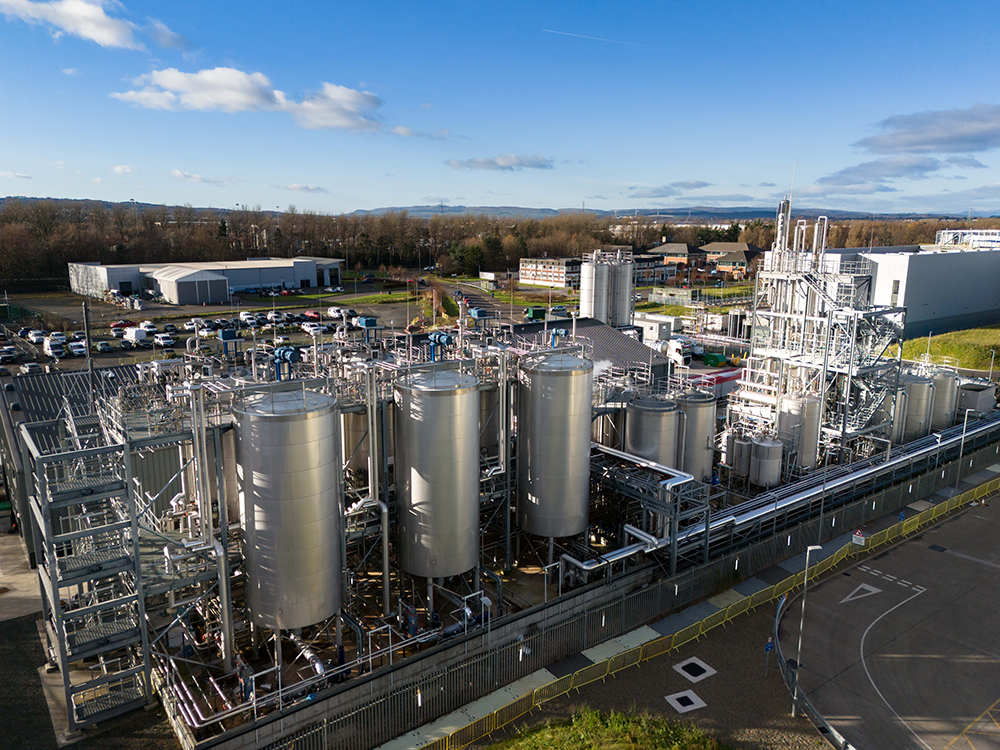 By Karsten Smet, Director, ACI Group
By Karsten Smet, Director, ACI Group
Between climate change, Covid-19 and the Ukraine war, supply chains are now wedged deep into ‘survival mode’. When speaking to colleagues in the industry, many have felt like the last two years have been a blockbuster disaster movie – with each part trying to surpass the one before. This domino effect has been challenging for consumers, most certainly, but for distributors and manufacturers it is far more complex.
The tipping point
It is reported that 96% of all manufactured goods are directly touched by the chemical industry1. For every customer that relies on the distribution network, the pandemic has left issues with shipping containers that will take years to address. In the UK, Brexit has led to customs backlogs, with many hauliers steering a wide berth and driving up costs further.
Then we have the war in Europe. Digital transport analysts Upply report that the war is not just a triggering factor in supply chains, but an aggravating factor that prolongs consequences over time2 – and we are inclined to agree. Fuel inflation, coupled with Ukraine as a major source of grain and other raw materials, means the conflict is impacting countries like Hungary, which manufactures fibres for meat and vegan products in the food industry. In pharmaceuticals, around 80% of all screening compounds used in drug R&D were made in either Ukraine or Russia3, causing further disruption. In road and transport, there’s a growing shortage of truck drivers in Lithuania, which has hampered the supply of raw materials like metal and steel4, while Russian embargos have impacted trade routes with the East.
Adding fuel to the fire, supply chains were affected by China’s dual control policy last year, which focused on ensuring the country satisfied its own needs first. Lockdowns in the country are still causing silicon shortages – the second-most abundant metal on our planet. This not only has a major knock-on effect on chip and automotive manufacturing, but it also effects the production of silicone used widely in medical implants and deodorants in the pharma industry. Essentially, many of the raw materials the chemical industry and its supply chains rely on daily are sourced from this region.
This instability will get worse before it gets better. The challenges are hampering Britain’s ability to grow and become independent, but this is where distributors can help. No matter what industry you are in now, ongoing challenges mean we are in a period where buying direct is not just inefficient but simply a bad business decision.
Out with the old, in with the new
Businesses that are adapting to change quickly are using distribution services to navigate overseas supply chains on their behalf, while those that go direct are seeing goods being held back by hauliers, price surges, and have no way of sourcing an alternative when raw materials run dry. Choosing a distributor with warehouse partners across Europe and the UK – including hauliers with backup options (plan B, C, D and so on) – can help companies navigate the challenging environment we now find ourselves in. This includes understanding global customs regulations to seamlessly deliver goods to different regions.
However, I want to make it clear to those in the industry that I do not believe the traditional distribution model works. In the past, distributors have been seen as a necessary evil, where companies often feel like they are paying for a job that they could probably do themselves. Atypically, they don’t focus on the customer and are locked into large contracts with one or two suppliers.
The chemical industry now needs to look at distributors who do things differently – who add value at every touchpoint. If the past two years have taught us anything, it is that driving value back into the UK should be top of the agenda.
Adding value through sustainable innovation
In a recent Deloitte survey of 23,000 people worldwide, 72% believe that climate change is an emergency1. To reduce emissions, the chemical industry must adapt dynamically to changing customer needs. This requires building an agile business model – an ecosystem of partners that can add value to your business and supply chain.
As such, distributors must now think about how to minimise their impact on the planet’s resources. For example, ACI Group has embarked on several sustainability programs to help the industry build a better, more agile supply chain network. This includes becoming the first distributor to gain the Social Value Quality mark – an award that aims to cultivate and recognise the highest known standards in values-led business – and enables us to understand how best to work towards carbon neutrality.
In addition to sustainability-led goals, distributors must also increase transparency of services so that they are clear and measurable. This may include changing the way businesses are charged, so that they can spread their costs and adapt to a climate that is suffering from increased inflation and ever-rising rates.
The chemical industry should find distribution partners that have invested in innovative technology to automate business areas. Not only does this help to reduce manual labour, but it also increases speed to market by minimising human error. As such, I believe technical innovation will soon begin to disrupt and blur the lines between distribution and IT.
It is funny how we, as individuals, eventually find our way back to a place of comfort. I fell into distribution after developing my skills as a technologist as COO of one of the most innovative cloud providers in the UK. Now, I am leading ACI Group from the front and using innovative technology to disrupt the traditional distribution model for the better.
References
1. Deloitte, Reducing carbon, fuelling growth: Lowering emissions in the chemical industry, June 2022
2. Upply, Inflation is invading the entire supply chain, March 2022
3. Chemistry World, Ukraine’s chemicals industry survives weeks of war, April 2022
4. LRT, Shortage of drivers and substitutes – impact of Ukraine war on Lithuanian economy, March 2022









